Brief Summary
This course dives deep into the delay tool, helping you unlock its potential in mixing. From basic functions to advanced techniques, you'll explore how delay shapes sounds across different instruments, making your mixes stand out in the music world.
Key Points
-
Delay is a key creative tool in mixing.
-
Courses cover both basic and advanced techniques.
-
Learn to create depth and simulate vintage sounds.
-
Understand the difference between delay and reverb.
-
Explore practical applications on various instruments.
Learning Outcomes
-
Gain a solid understanding of digital and analog delay.
-
Learn how to set up delay effects on various instruments.
-
Master advanced techniques like automation and stereo spread.
-
Differentiate between delay and reverb effects.
-
Create a more polished and professional mix.
About This Course
Strengthen the creativity in your mixes by watching our complete guide to the delay tool!
Delay is quite possibly the most used, yet misunderstood creative tool in the mixing engineer’s arsenal. Every major record you’ve heard in the past 40-60 years has had some instance of delay on it. Beginning at an explanation of the brief history of Delay along with some basic functions, all the way to advanced techniques as well as a primer of the physics behind the tool, in this class you’ll learn everything you need to know about the Delay tool!
We’ll be focusing on common applications of the Delay tool, found in contemporary music, as well as some techniques to help simulate a vintage sound in your mix! We’ll also go through how to setup your Delay on any instrument and explain why the order of operation is important. We’ll spend the majority of this course examining techniques, since this is an application dependent tool, but we’ll also touch on some effects like Flangers and Choruses, that can be made using a Delay tool with some post-processing.
In this class you'll learn...
Digital Delay use. Analog Delay functionality. Creating depth in a 2-Dimensional plane. Simulating a doubled track. Different models of Delay. Physics of Sound Waves. Differentiation of Reverb and Delay. How to setup Delay.
What to listen for when using a Delay on:
Drums. Guitars (lead and rhythm). Piano. Vocals (lead, backgrounds, harmonies).
You’ll also learn advanced techniques like…
Throwing Delay using Automation. Artificial Stereo Spread. Acoustic environment simulation. Embellishment of an element within a mix.
Over 25 years of experience and expertise from a professional recording studio that has serviced bands such as U2, Blink 182, Switchfoot, Icona Pop and many many more.
An advanced understanding of delay that can take an OK recording/mix and make it a great recording/mix.




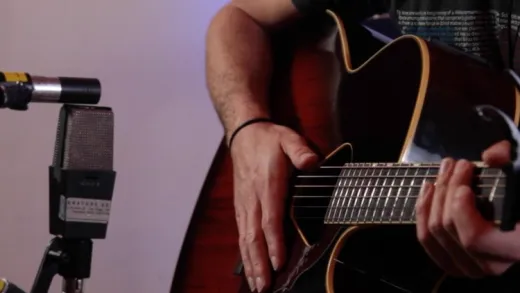
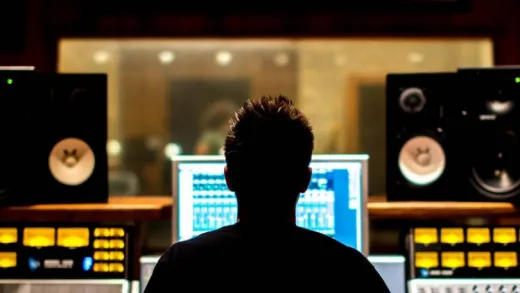
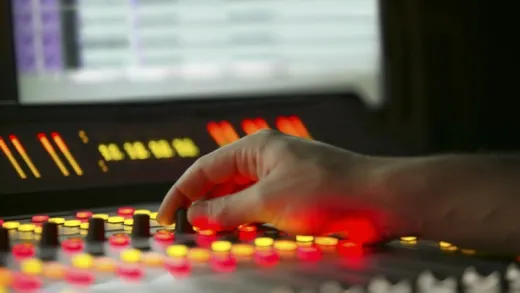
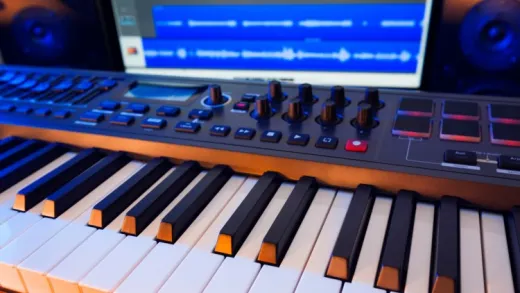
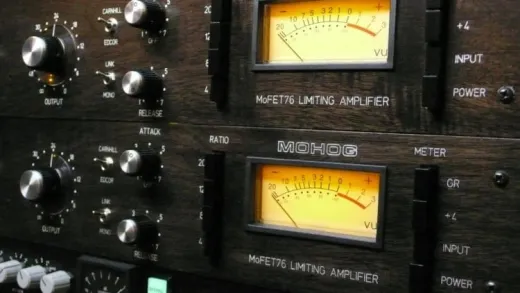
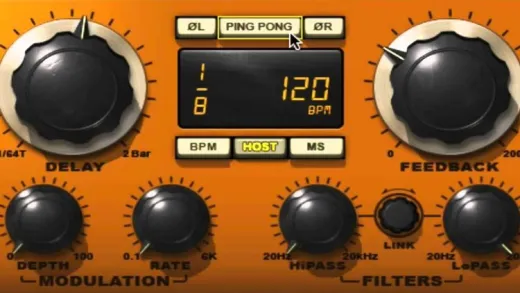

Robert P.
Very though and clearly explained.
The audio examples are way louder than the instruction and some times repeated too many times, but it gets the point through and ample time to get that point.
I thoughly recommend despite my criticism